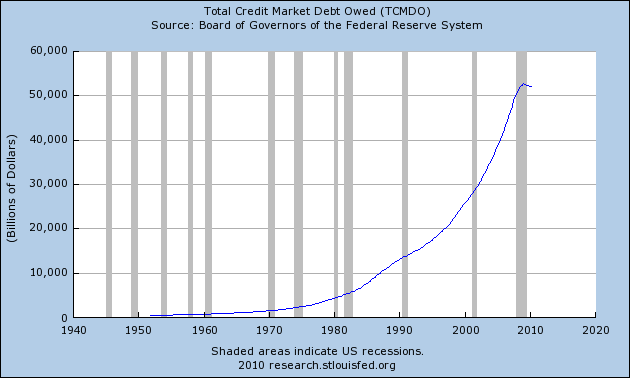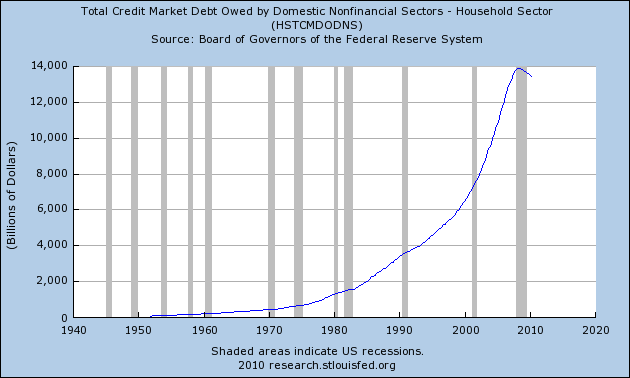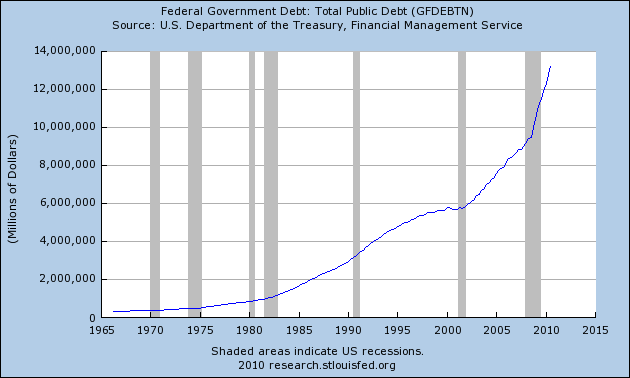
Republican Representative Ron Paul on Thursday said he will push to examine the Federal Reserve's monetary policy decisions if he takes control of the congressional subcommittee that oversees the central bank as expected in January.
"I think they're way too independent. They just shouldn't have this power," Paul, a longtime Fed critic, said in an interview with Reuters. "Up until recently it has been modest but now it's totally out of control."
Paul is currently the top Republican on the House of Representatives subcommittee that oversees domestic monetary policy, and is likely to head the panel when Republicans take control of the chamber in January.
That could create a giant headache for the Fed, which earlier this year fended off an effort headed by Paul to open up its internal deliberations on interest rates and monetary easing to congressional scrutiny.
Paul, who has written a book called "End the Fed," has been a fierce critic of the central bank's efforts to boost the economy through monetary policy.
"It's an outrage, what is happening, and the Congress more or less has not said much about it," he said.
Paul said his subcommittee would also push to examine the country's gold reserves and highlight the views of economists who believe that economic downturns are caused by bad monetary policy, not the vagaries of the free market.
Global organizations like the International Monetary Fund also will come under scrutiny, he said.
"Eventually we're going to have monetary reform. I do not believe the dollar can be the reserve standard of the world," said Paul, who has called for returning the United States to a currency backed by gold or silver.
Many economists say that the Fed's decisive actions during the 2008 financial crisis prevented the deep recession that followed from turning into a depression. But grassroots outrage over the bank bailouts and other Fed actions helped propel many Republican candidates to victory in Tuesday's congressional elections -- including Paul's son, Rand Paul, who will represent Kentucky in the Senate.
"With a lot of new members coming and the problems getting worse rather better, there's going to be a lot more people who are going to be looking for answers," Paul said.






